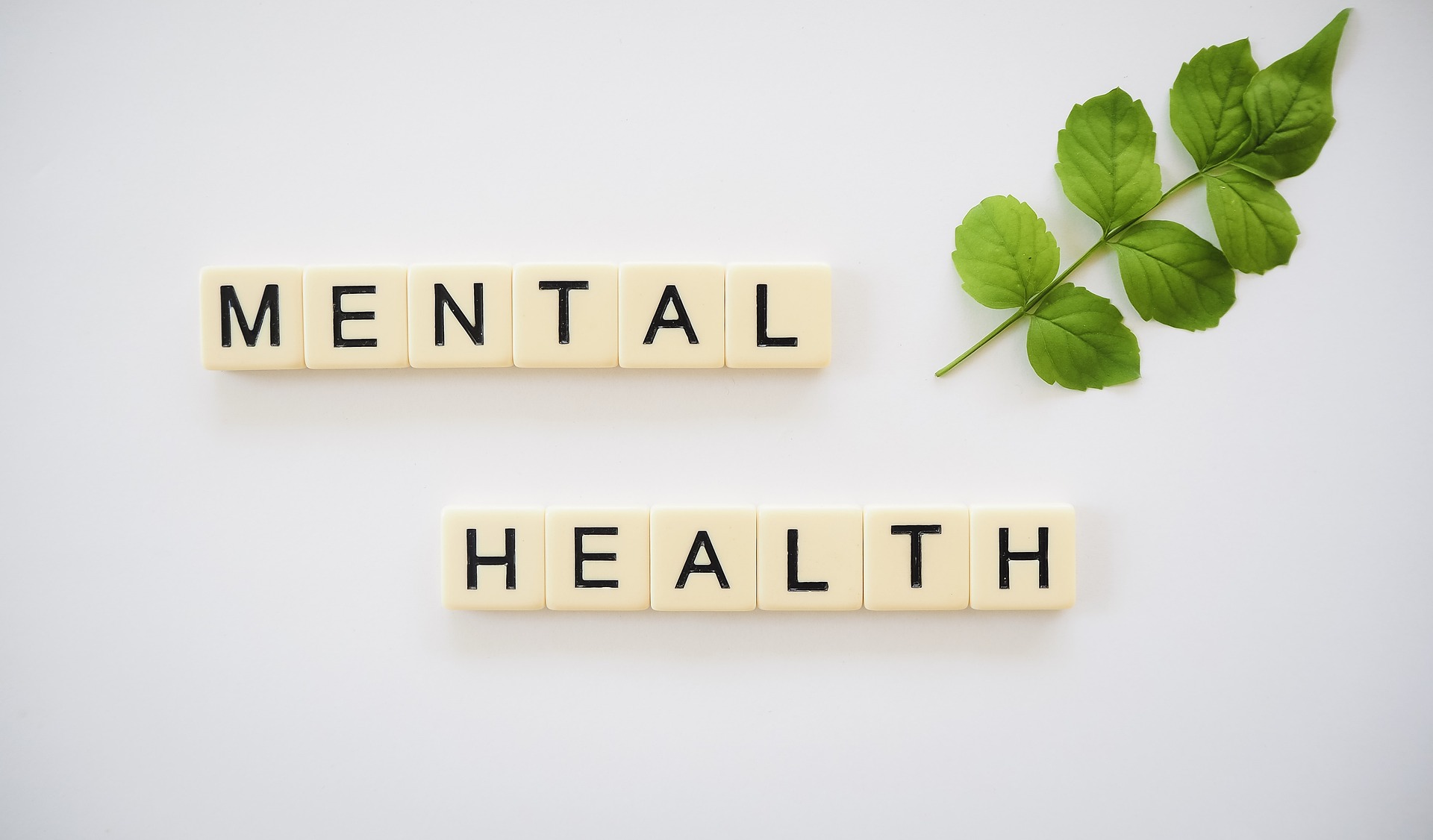Navigating Mental Health: Understanding the Interplay between Anxiety and Depression
Anxiety and depression are two of the most common mental health disorders worldwide. They often coexist, casting twin shadows over the lives of those affected. Despite their prevalence, they remain underdiagnosed and undertreated, leading to significant impairment in the quality of life. The interplay between anxiety and depression is complex, marked by overlapping symptoms and shared triggers. However, it is crucial to understand that they are distinct disorders, each requiring a unique approach to treatment and management. This article aims to explore the relationship between anxiety and depression, shedding light on their common origins, their effects on the individual and society, and the current therapeutic approaches.

The Roots: Origins and Historical Context
The concepts of anxiety and depression have deep historical roots. The ancients recognized these conditions, with Hippocrates, the father of medicine, describing melancholia (an old term for depression) and phobos (fear or anxiety). Though their understanding was rudimentary, it set the foundation for future research.
As our knowledge expanded, we recognized that anxiety and depression were not just ‘nervous conditions’ or ‘melancholy,’ but complex disorders influenced by a combination of genetic, biological, environmental, and psychological factors. The advent of psychoanalysis in the late 19th and early 20th centuries, led by pioneers like Sigmund Freud, shed light on the unconscious mind’s role in these conditions.
In recent years, the focus has shifted towards a more holistic view, acknowledging the interplay between mind and body. The fields of psychoneuroimmunology and psychoneuroendocrinology have shown that stress and mental health disorders like anxiety and depression can impact our immune system and hormonal balance, leading to physical health issues.
The Web of Interaction: Understanding the Overlapping Symptoms
Anxiety and depression often occur together, a phenomenon known as comorbidity. This overlap can make diagnosis and treatment challenging. Common symptoms include persistent sadness or worry, fatigue, difficulty concentrating, and changes in sleep or appetite.
The reasons for this overlap are complex and multifaceted. Both disorders can be triggered by similar factors, such as chronic stress, trauma, or significant life changes. They may also share genetic and biological underpinnings. For example, research has shown that imbalances in neurotransmitters like serotonin and dopamine play a role in both conditions.
Furthermore, the presence of one disorder can increase the risk of developing the other. Chronic anxiety can lead to a state of constant worry and fear, which can eventually result in feelings of hopelessness and depression. Conversely, the persistent sadness and loss of interest characteristic of depression can generate feelings of worry and fear, leading to anxiety.
The Ripple Effect: Impact on Individual and Society
The impact of anxiety and depression extends beyond the individual, affecting families, communities, and society at large. These disorders can impair functioning and productivity, strain relationships, and increase the risk of physical health problems.
On a societal level, the economic burden of these conditions is substantial. This includes direct costs such as healthcare expenditures and indirect costs like lost productivity. Moreover, there is a significant societal stigma associated with mental health disorders, which can discourage individuals from seeking help and exacerbate their symptoms.
The Path to Healing: Current Therapeutic Approaches
Despite the challenges of managing anxiety and depression, effective treatments are available. Cognitive-behavioral therapy (CBT) has been shown to be particularly effective in treating both conditions. This form of therapy helps individuals identify and change negative thought patterns and behaviors that contribute to their symptoms.
Medication can also play a vital role in treatment. Selective serotonin reuptake inhibitors (SSRIs) and serotonin and norepinephrine reuptake inhibitors (SNRIs) are commonly prescribed for both disorders.
The growing recognition of the mind-body connection has led to an increased focus on holistic approaches. This includes lifestyle modifications such as regular exercise, a healthy diet, adequate sleep, and stress management techniques like mindfulness and meditation.
The Journey Ahead
While we have made significant strides in understanding the interplay between anxiety and depression, much still remains to be uncovered. The future of mental health research holds promise for more personalized treatment strategies, incorporating genetic and environmental data to tailor therapies to the individual.
We must also continue to fight the stigma associated with mental health disorders. By fostering open conversations and promoting mental health literacy, we can create a society that supports and empowers those struggling with anxiety and depression. After all, mental health is not just the absence of mental illness, but the presence of mental wellbeing.




